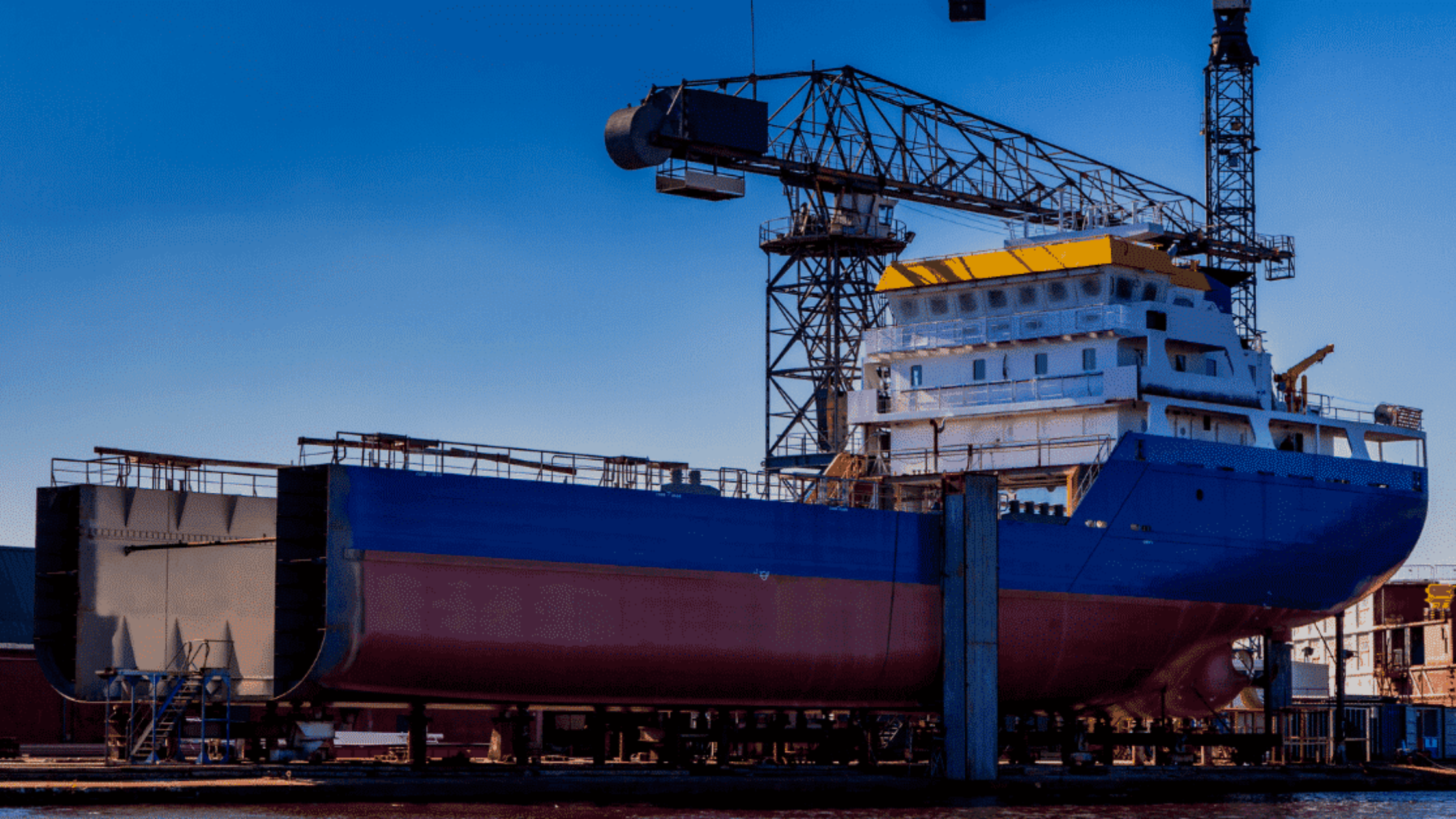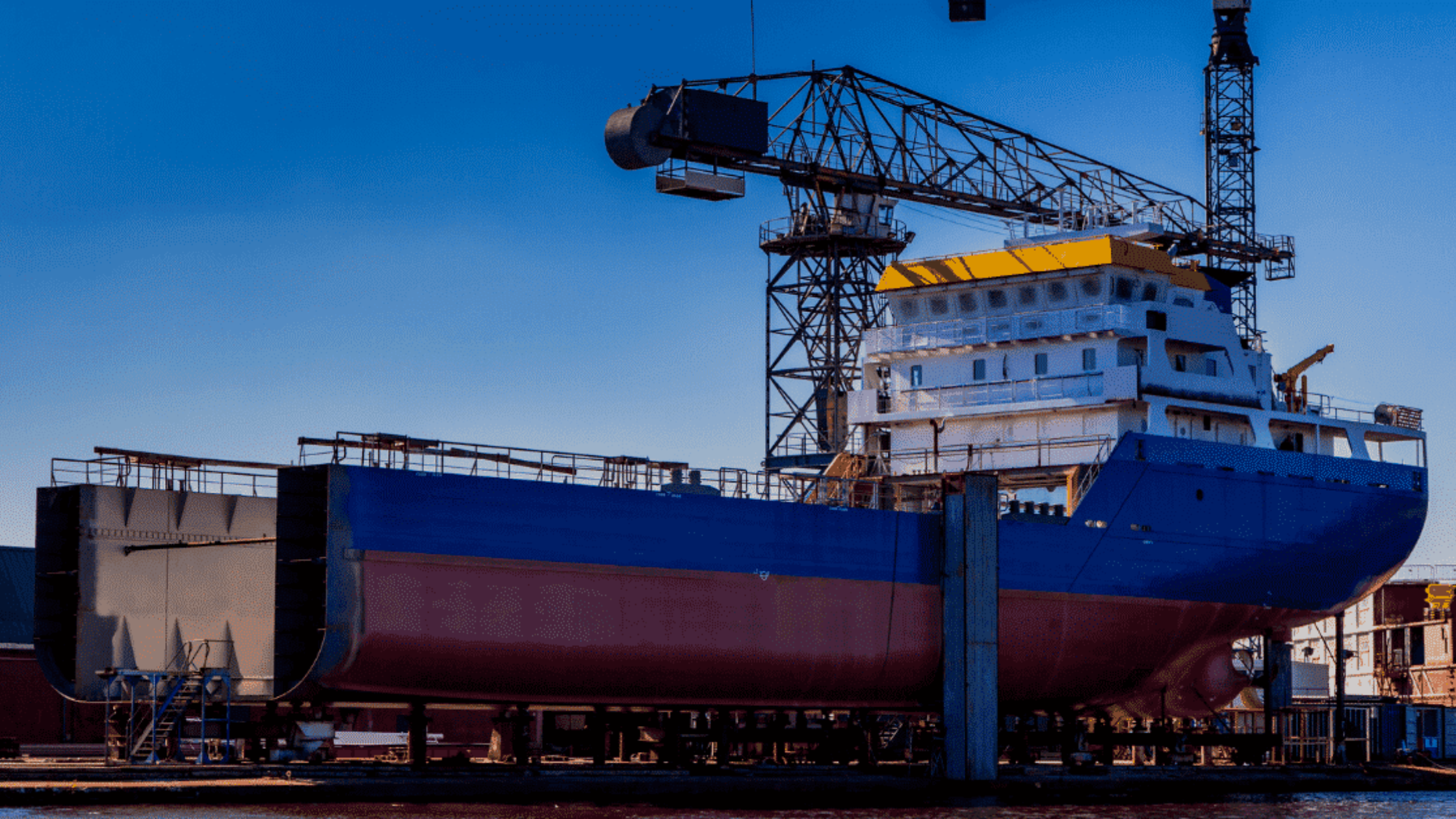Despite the turbulence caused by the aftermath of Covid-19, Vietnam’s shipbuilding sector has showcased impressive growth, adaptability, and unwavering resilience. As we look ahead, a realm of investment prospects and developmental avenues beckon, accompanied by an array of formidable challenges that demand strategic solutions. In this context, foreign enterprises eyeing this arena must be well-informed. Here’s a comprehensive insight into what lies ahead for them.

Opportunities for International Enterprises
The Quantitative Ascent of Vietnamese Shipbuilding
Projections from the Vietnam Shipbuilding Industry Research Report 2023-2032 paint a compelling picture. The shipbuilding sector in Vietnam is poised to achieve a Compound Annual Growth Rate (CAGR) of 6 percent from 2023 to 2032, culminating in the production of ships valued at an impressive US$680 million.
The Vietnam shipbuilding landscape has witnessed significant investments since 2002, fueling the emergence of approximately 120 operational marine shipyards – a blend of both large-scale and smaller facilities. The past decade alone has witnessed a remarkable tenfold upswing in their annual output.
The Power of Global Partnerships
Vietnam’s shipbuilding prowess extends its embrace to international collaborations, a strategic move to elevate its prowess and competitiveness on the global stage. A notable instance is the technology transfer from Japan to Vietnam, particularly in the realm of military ship construction.
Participation in the ASEAN Maritime Forum enhances this collaborative spirit, enabling the region’s shipbuilders, including Vietnam, to enrich their capabilities, exchange knowledge, and sharpen their competitive edge in the global arena.
Strategic Advantage: Vietnam’s Geographical Location
Vietnam boasts an extensive coastline that skirts the South China Sea and the Gulf of Thailand, providing a strategic edge. The nation flaunts the second-highest number of international ports within the ASEAN framework.
This advantageous coastal disposition converges with notable cargo capacity hubs – Ha Phong, Da Nang, and Ho Chi Minh City, all three among the premier container ports in Asia. Hai Phong International Container Terminal (HICT) accommodates substantial container ships, significantly streamlining container transport to northern Vietnam and even neighboring China. Da Nang’s port stands as a pivotal nexus, interlinking Vietnam with Myanmar, Thailand, and Laos, facilitating seamless trade.
Challenges facing the industry
Negative export market outlook
The prospect of a downturn in exports casts a shadow on new ship demand. The General Statistics Office’s report cites a 12.1 percent decline in Vietnam’s export turnover during the initial half of 2023 compared to the preceding year, attributable to rising inflation and waning consumer demand. Experts predict a continuation of this trend, with potentially adverse repercussions for the demand for new vessels.
Skill shortages
Vietnam grapples with a scarcity of adept shipbuilders. Notably, the shipbuilding department’s enrollment at the Vietnam Maritime University (VMU) has experienced a downward spiral in both quantity and caliber. The statistics reveal a stark contrast – from 395 students in 2008 to a mere 13 entering the shipbuilding department in 2019. Concurrently, the demand for shipbuilding engineers within domestic and international enterprises has surged, with an annual average of around 100 engineers.
Infrastructure limitations
As of early 2022, Vietnam houses 68 new shipbuilding and repair facilities alongside 97 shipyards boasting tonnage exceeding 1,000 DWT. Paradoxically, the repair capacity of the entire sector fulfills only 42 to 46 percent of the national fleet’s requirements. This shortfall can be attributed to the absence of automation and the disjointedness of technical equipment used in constructing new ships, as highlighted by Industry and Trade Magazine.
Conclusion
In essence, foreign investors intrigued by Vietnam’s shipbuilding domain are presented with a landscape teeming with promise. Nonetheless, the journey demands meticulous navigation through challenges. Vietnam’s burgeoning economy coupled with its strategic location sets the stage for a conducive investment environment. However, astute investors must grasp the competitive terrain, allocate resources for technological advancements, and address the potential challenges posed by recruiting a skilled workforce.
The tides of opportunity and challenge converge as Vietnam’s shipbuilding saga continues, inviting discerning global players to partake in shaping its maritime destiny.

